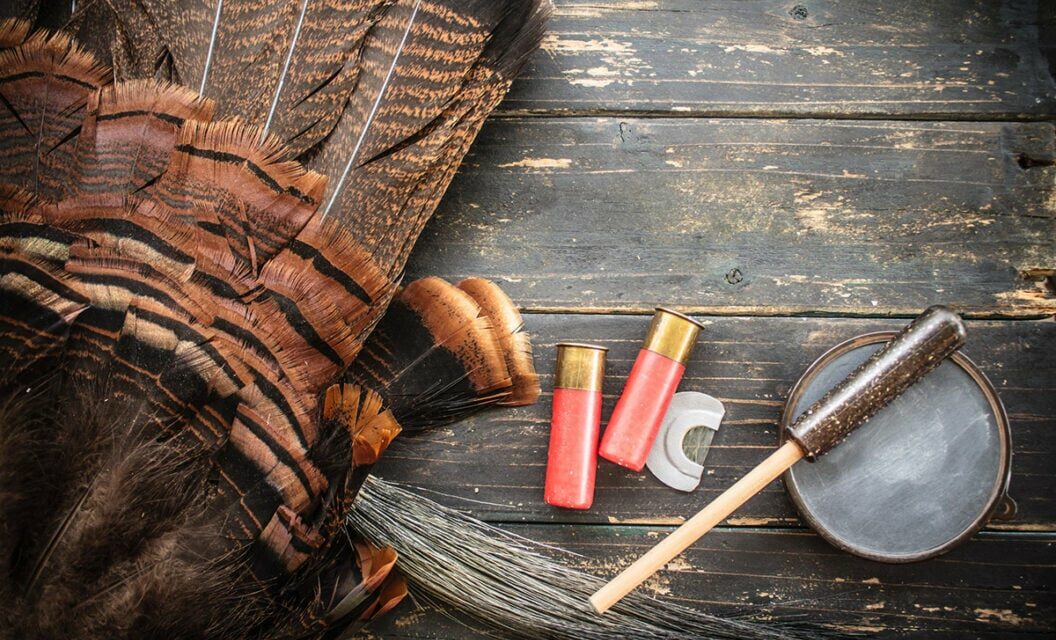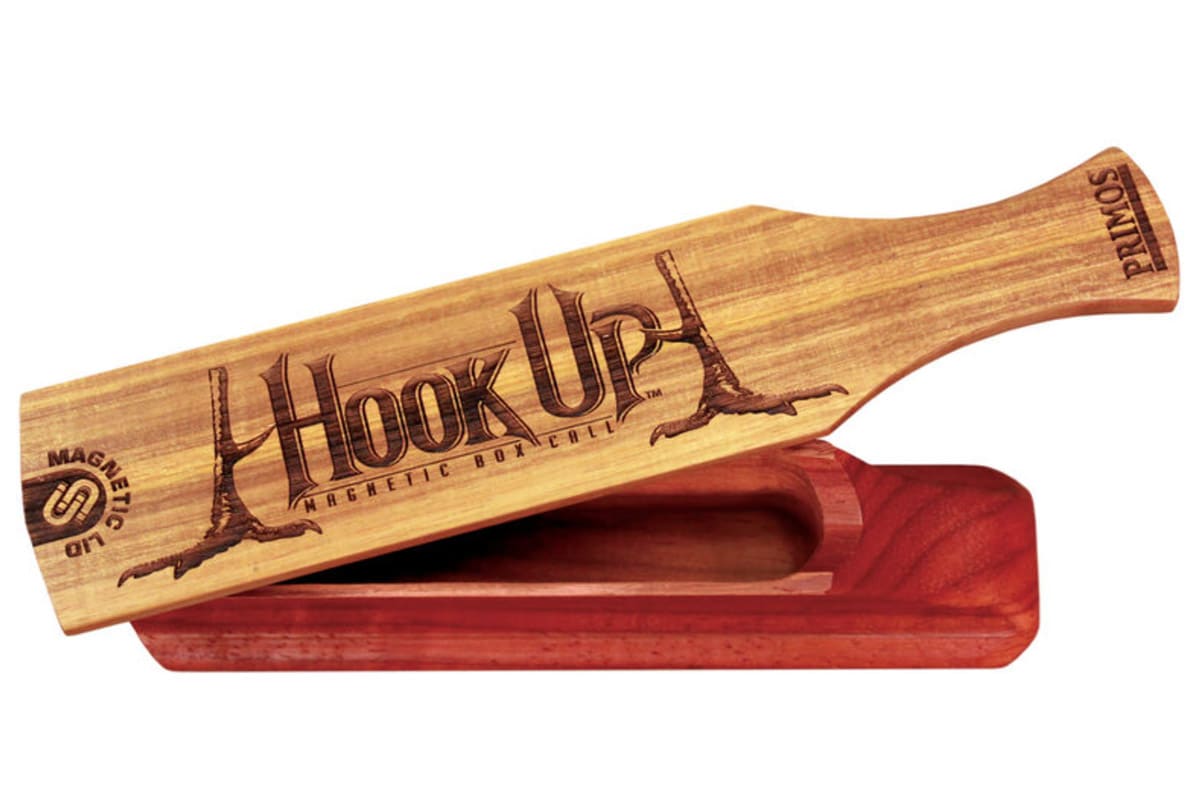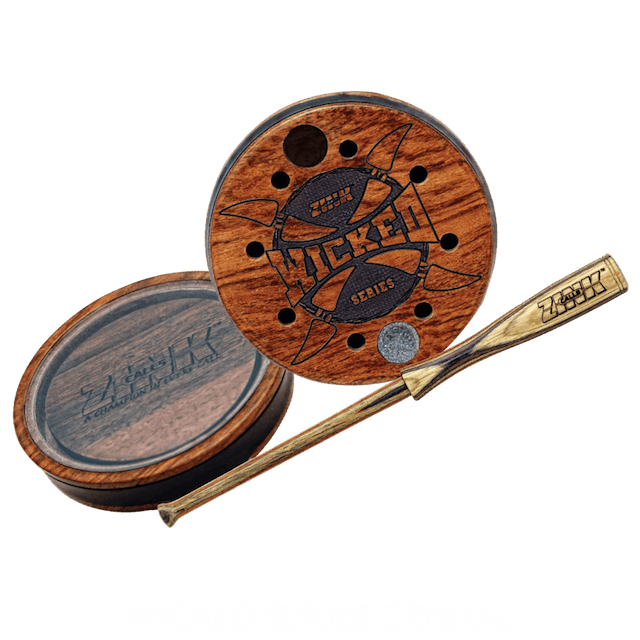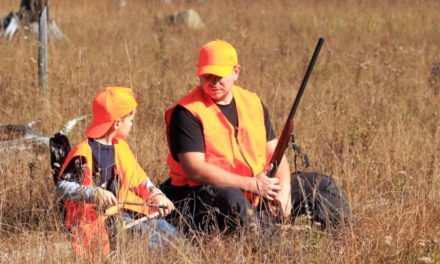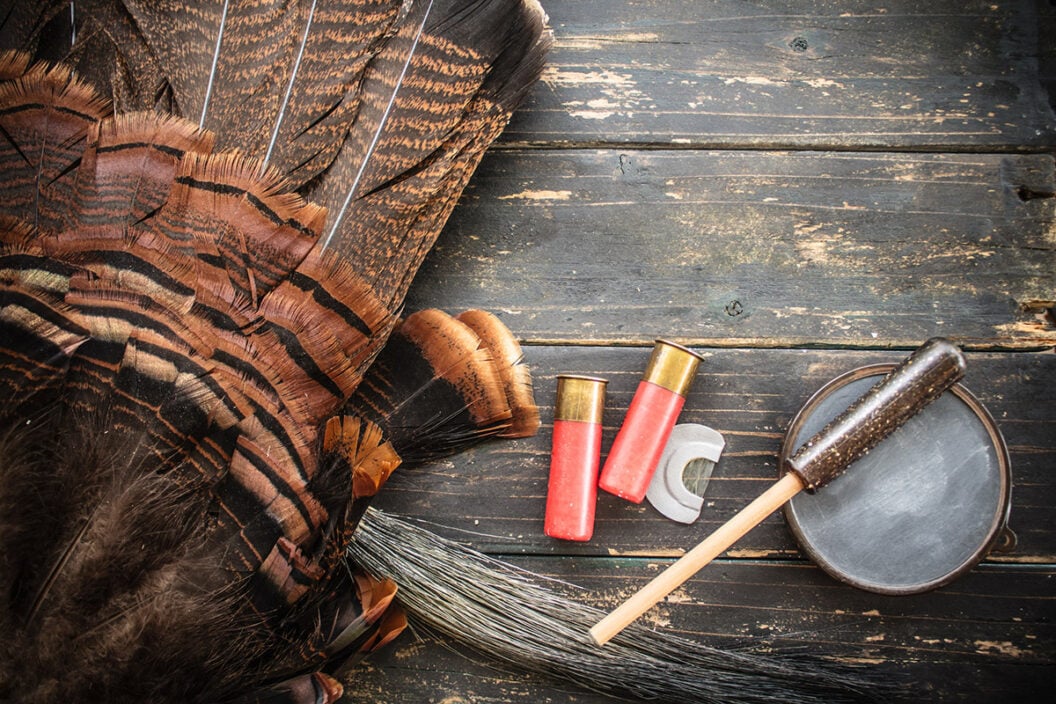
Calling is a crucial part of turkey hunting, and a proficient caller can seduce even the most stubborn of longbeards. There are three main turkey calls, the mouth or diaphragm, the box call, and the pot or slate call. All three serve their purposes and can be used effectively in different circumstances. But what are those circumstances?
Well, a general rule would be to use the call that you feel most comfortable with, and can create the most realistic sound out of. However, with some consistent practice, you can become comfortable with all three and utilize each one depending on what the hunting scenario calls for.
Here I will break down when certain calls are most effective, and how you can use each one to your advantage based on the behavior of these elusive thunder chickens, in hopes that you bag some more birds this spring!
Box Call
The turkey box call consists of a wood box with a fine edge, and a wood lid that is often chalked and when rubbed up against the fine edge with precise movement, can make a wide range of turkey sounds. Both Primos and Woodhaven make great sounding box calls that can hit a wide range of pitch and sound. The Primos Clear Cutter retails for $44.99 and the Woodhaven Real Hen retails for $89.99.
One of the great benefits of using a box call is just how loud and raspy you can make it. Essentially, it’s up to the user how loud and raspy you want to make it, which can help immensely when trying to pinpoint a Tom that might be far off. Turkeys can key in on certain sounds, but overall their hearing isn’t nearly as impressive as their sight, so having a call that can reach out and echo throughout the woods can be crucial.
After settling into my position in the morning, just before shooting light when all of the longbeards start their thunderous gobbles to wake up the rest of the woods, I initially start out with my box call. There’s really no better call to get the party started in the spring woods, and you can count on every Tom within a decent radius hearing your box call. Once the sun has risen, just before the turkeys have flown from their roost, I will typically put my box call away, unless I am struggling to locate one and want to reach further distances.
Slate or Pot Call
Some hunters call it a slate call, and I’ve heard many others call it a pot call. Whatever you want to call it, it is one of the most versatile turkey calls there is. The pot or slate call, consists of a circular pot with either a glass or slate surface. With the striker, you can create several different calls and pitches when scratched against the surface of the pot. The Wicked Series by Zink is a very reliable slate call that is weatherproof, and retails for $99.99. For a less expensive option, the Raspy Old Hen by Hunters Specialities sounds incredible and retails for only $24.99.
The slate call is likely the most popular and commonly used turkey call on the market today, and of that’s for good reason. The versatility you get with a slate call is unmatched by any other call. With very little effort, you can create several different calls, from simple clucks, to purrs and even cuts. Not only can you alter the type of call, but you can easily transition from high to low pitches, and amplify the volume whenever needed.
Depending on how dense the cover is where I am hunting, I will often use my slate call for the majority of the hunt. The realism it brings is hard to go away from when hunting, and with some practice, you can even limit the amount of movement you make, in order to not alarm any turkeys that are close by. While slate calls aren’t quite as easy to master as say a box call, with a little bit of practice, it’ll quickly become your favorite call.
Mouth Call
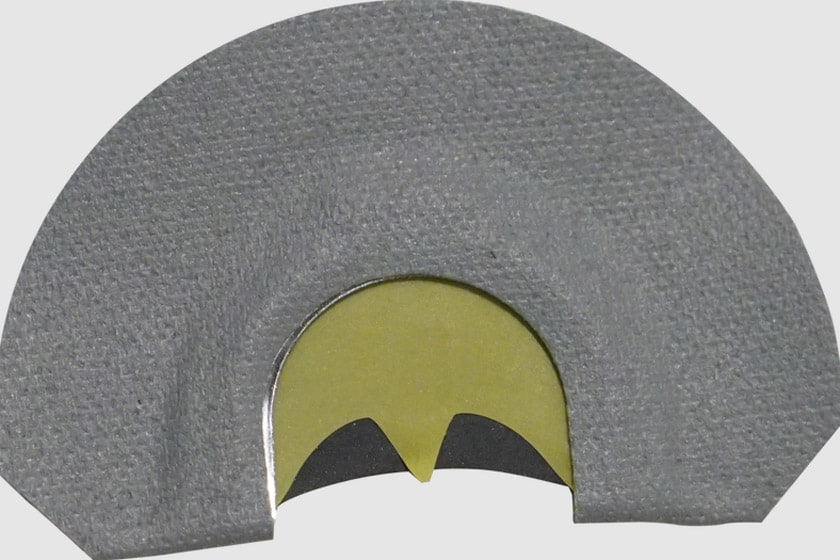
The mouth call, or diaphragm call, is a simple, inexpensive, and very effective call that can bring Toms in on a string when done correctly. Diaphragm calls consist of U-shaped plastic and oftentimes cloth, with a latex stretch around the reed. These pieces of latex typically have different cuts in them, which allows for a wider range of pitch, raspiness, and even volume levels. Primos, Woodhaven and Hunters Specialities all make different variations of the diaphragm call, typically retailing under $15 per call.
One of things that makes mouth calls so effective and gives you such a great advantage is that you can call hands-free. This allows you to stay in position with your gun raised, and also prevents movement that might get you spotted by a cautious turkey. Turkey hunters that rely on the run-and-gun method lean heavily on the mouth call, especially when birds are close by.
As soon as a committed Tom starts closing the gap on my decoy spread, I immediately switch to my diaphragm call, and oftentimes I do it before that. Using a slate or box call in this scenario is just too risky, and honestly, the mouth call can sound nearly just as realistic with some practice. Also, if you are using the run-and-gun method, you never know when an aggressive and love-crazy Tom can come charging in looking for a receptive hen, and that’s when the mouth call really comes in handy. Nothing will improve your turkey success more than becoming proficient in using a diaphragm call. Trust me!
READ MORE: HOW TO FIND SUCCESS FALL TURKEY HUNTING
The post Mouth Call, Box and Slate: Which Turkey Hunting Scenario Calls for Each One? appeared first on Wide Open Spaces.

